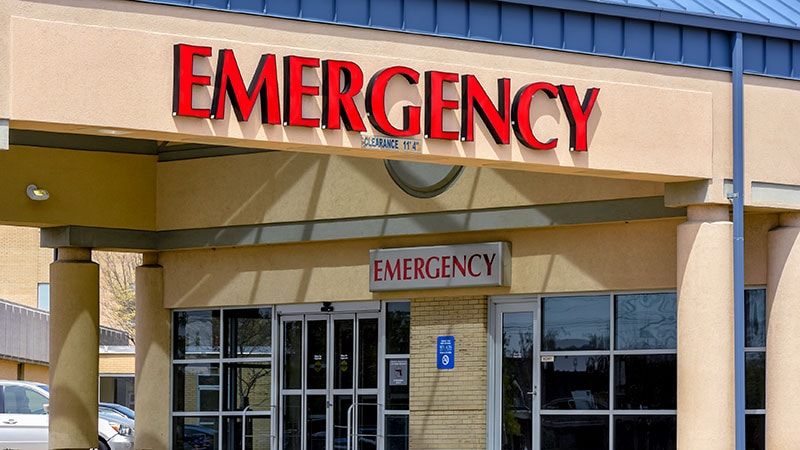Untapped Opportunity: Diabetes Screening in Emergency Departments
Core Concepts
Screening in emergency departments can identify undiagnosed diabetes cases, reducing long-term complications.
Abstract
The study led by Edward Jude highlights the importance of screening for type 2 diabetes in emergency departments to identify undiagnosed cases of glucose intolerance. The findings suggest that incorporating diabetes screening into guidelines for all adult patients attending accident and emergency (A&E) departments could reduce the burden on patients and healthcare services in the long run. The study identified cases of prediabetes and type 2 diabetes, emphasizing the need for early detection to prevent complications. Screening programs in the UK have low uptake rates, indicating a missed opportunity to identify individuals with hyperglycemia. The study also revealed the higher incidence of glucose intolerance in certain ethnic groups and the association of risk scores with prediabetes and type 2 diabetes.
'Untapped Opportunity': Diabetes Screening in the ER
Stats
"The ongoing prospective, UK-based study identified 420 (30%) cases of prediabetes and 120 (9%) of type 2 diabetes in a busy A&E department in England."
"With estimates of up to 30% of people with diabetes undiagnosed (approximately 1 million undiagnosed in the UK), it's important to find these people with hyperglycemia to reduce the longer-term risk of microvascular and macrovascular complications."
"According to NICE criteria, 35.4% and 30% had hypertension in prediabetes and diabetes respectively."
Quotes
"Any time you can screen and identify a condition earlier in the process where there's potential to make an impact than there's benefit there." - Emily Sims, MD
Key Insights Distilled From
by Becky Mccall at www.medscape.com 10-04-2023
https://www.medscape.com/viewarticle/997082
Deeper Inquiries
How can emergency room screening for diabetes be implemented more widely to reach underserved populations?
Emergency room screening for diabetes can be implemented more widely to reach underserved populations by incorporating it into standard protocols and guidelines for all adult patients attending accident and emergency (A&E) departments. This would reduce the burden on both patients and healthcare services in the long run. Additionally, utilizing simple and inexpensive blood tests, like the A1c test, can be integrated into routine blood tests already conducted in emergency departments, making it a cost-effective and efficient method to screen for diabetes. Moreover, raising awareness among healthcare providers about the importance of diabetes screening in emergency settings and providing training on how to conduct these screenings can help in reaching underserved populations who may not engage in regular care.
What are the potential drawbacks or limitations of implementing widespread diabetes screening in emergency departments?
One potential drawback of implementing widespread diabetes screening in emergency departments is the increased workload on healthcare providers, especially in busy emergency settings where time and resources are limited. This could lead to challenges in managing the additional screenings alongside other critical care needs of patients. Additionally, there may be concerns about the accuracy of the screenings conducted in emergency settings, as they may not always follow the same rigorous protocols as specialized diabetes clinics. Moreover, there could be issues related to patient compliance and follow-up care after a diabetes diagnosis is made in the emergency department, as these patients may not have established relationships with primary care providers for ongoing management.
How can the findings of this study be applied to improve diabetes care in primary care settings?
The findings of this study can be applied to improve diabetes care in primary care settings by emphasizing the importance of early screening and detection of diabetes risk factors. Primary care providers can use tools like the Finnish Diabetes Risk Score (FINDRISC) to identify individuals at risk of developing type 2 diabetes and initiate preventive measures or interventions. Additionally, understanding the higher incidence of glucose intolerance in certain ethnic populations, as highlighted in the study, can help primary care providers tailor their screening and management strategies to address these disparities. Furthermore, educating primary care providers about the benefits of early diabetes screening and the potential long-term complications of undiagnosed hyperglycemia can lead to more proactive and comprehensive diabetes care in primary care settings.
0
More on Healthcare
